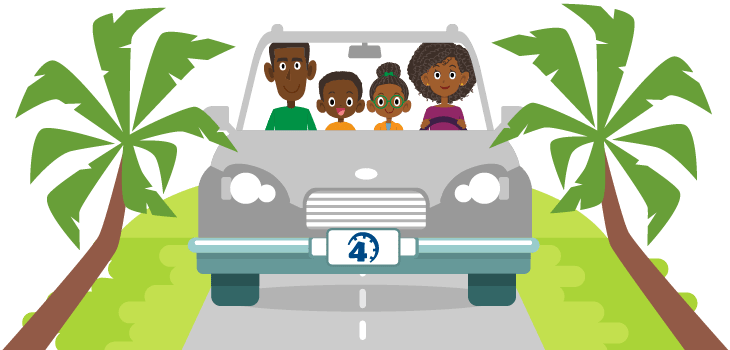The U.S. territories offer plenty of exciting and educational field trip opportunities for families either living in or visiting the territories. If you’re looking for things to do in American Samoa, Guam, or the Northern Mariana Islands on the pacific, or doing research on things to do in Puerto Rico with kids or the U.S. Virgin Islands along the Caribbean, there are dozens of field trip ideas to consider. This page highlights several of those destinations.
Check out our printable maps for each U.S. territory to help your child become familiar with the geography of each location. Students can locate the capital and other important cities and locations before heading out.
Homeschool Field Trips in American Samoa
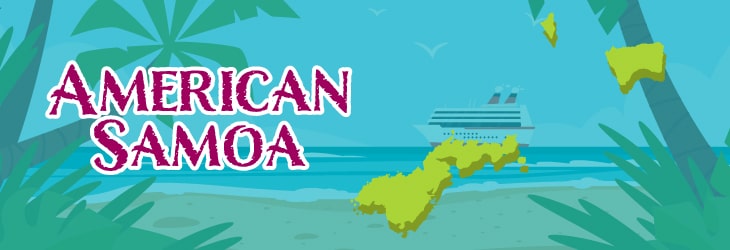
- National Park of American Samoa, Pago Pago – This 13,500-acre park is spread across three islands: Tutuila, Ofu, and Ta‘ū. Families can hike, snorkel, or seek out wildlife such as fruit bats, sea turtles, and humpback whales, just to name a few. The park is home to a number of trails including the WWII Heritage Trail, ideal for those studying world history. Be sure to stop at the visitor center to explore the exhibits to learn about Samoan culture and way of life.
- National Marine Sanctuary of American Samoa, Pago Pago – There is so much to see, do, and learn when it comes to marine life at this destination that opened in 1986. Whether you want to visit the Tauese P.F. Sunia Ocean Center full of interactive exhibits, take a free tour, or head outdoors to snorkel, surf, or hike, there is something for every age and interest.
- Jean P. Haydon Museum, Pago Pago – Learn more about Samoan culture and the territory’s rich history at this museum that opened in 1971. Visitors can explore and learn through exhibits, artifacts, photographs, performances, and more. The museum is also home to a flag that was taken to the moon on several missions.
Homeschool Field Trips in Guam
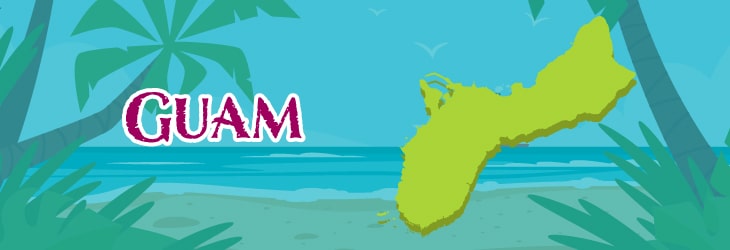
- Guam National Wildlife Refuge, Yigo – This 1,203-acre refuge offers free admission and so much to see and do. Families can hike the various trails, visit the Nature Center, and explore numerous cultural sites on the grounds including a Spanish stone well, a burial site, and more. Cave tours are also available where visitors can view pictographs in one of the stops.
- War in the Pacific National Historic Park, Asan – Established in 1978, this park honors those who bravely fought in the Pacific Theater during WWII. The park is spread throughout the island and includes a visitor center, battlefields, trenches, caves, and other historic structures. Families will be able to learn about Guam’s experience during WWII through exhibits, films, and the stories of veterans.
- UnderWater World, Tumon – Opened in 1999 and featuring one of the longest tunnel aquariums (319 feet) in the world, this destination is home to thousands of animals including several species of sharks, sea turtles, rays, eels, jellyfish, and more. Various exhibits are available to explore as well as a number of activities for an additional fee such as diving with sharks.
- Fish Eye Marine Park, Piti – Yet another fun thing to do in Guam with kids is visiting this marine park that first opened in 1996. Visitors can head downstairs for a 360 degree view in the underwater observatory. The park also features opportunities to go snorkeling, experience a dinner show, or take a dolphin watching cruise.
- Cushing Zoo, Tumon – This island’s only zoo is home to more than 40 species of animals. Established in 1977, visitors can learn about animals native to the area such as fruit bats and the Guam rail (a flightless bird). Numerous exhibits feature mammals, reptiles, birds, and more. The zoo also features a botanical garden and local artifacts from the war and the Chamorro people.
Field Trips in the Northern Mariana Islands
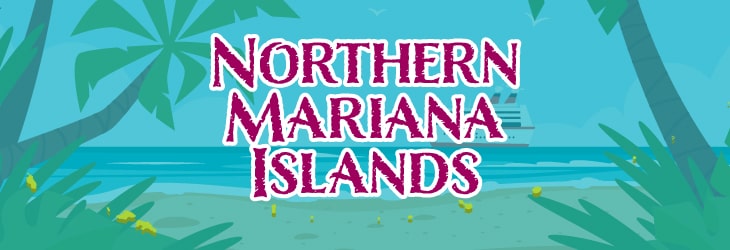
- Mount Tapochau, Saipan – If you’re looking for adventurous things to do in the Northern Mariana Islands, this destination is a must. The moderate hike that takes around 2 hours round trip will reward you with picturesque views of the sea and surrounding islands. At 1,554 feet, Mount Tapochau is the highest point in the island of Saipan. Families can learn about the area’s significance during WWII with informative plaques along the way.
- American Memorial Park, Garapan – Established in 1978, this expansive park has tons to see and do. Visitors can learn about the island’s role during WWII by exploring the historic sites, memorials, and museums located around the park. In addition, families can swim in the nearby beaches, enjoy a picnic, ride bikes, and discover the natural beauty of the area.
- Old Japanese Jail, Garapan – Families can explore the three buildings of this jail that once housed American prisoners of war when the island was a Japanese colony. Walls and cell blocks are scrawled with graffiti from the soldiers, giving insight into their lives.
- Last Japanese Command Post, Saipan – This National Historic Landmark played a major role during the Battle of Saipan in 1944 where so many Japanese and American soldiers lost their lives. Visitors can explore the grounds that include a number of weapons, such as tanks and artillery pieces, as well as caves that were used as bunkers.
- House of Taga, Tinian – Although most of the stone pillars at this archaeological site have fallen, it is believed that they once supported the house of the mythological chief for which they are named after. Visitors can explore the ruins and learn more by stopping at the interpretive center.
Homeschool Field Trips in Puerto Rico
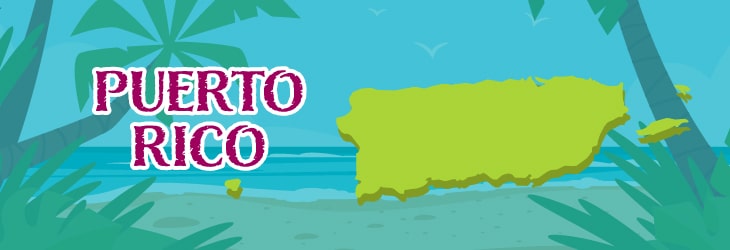
- El Yunque National Forest, Rio Grande – If you’re looking for an outdoor adventure, you’ll want to visit this tropical rainforest that was established in 1903. Families can explore the park’s 29,000 acres and the hundreds of species of plants and animals that call it home, including the coqui, a small frog species with a unique call for which it’s named.
- Castillo San Felipe del Morro, San Juan – This historical landmark, whose construction began in the 16th century, once served to defend the city from attack. Known as ‘El Morro’, the fortress is located in Old San Juan and is one of Puerto Rico’s most popular tourist destinations. Families can explore the fort, join interpretive talks, and take part in the junior ranger program.
- Bioluminescent bays, various locations in Puerto Rico – Families will be in for a treat when they visit one of the island’s bioluminescent bays. The colorful, glow-in-the-dark effect takes place when microscopic organisms in the water are stimulated by touch. Mosquito Bay, located on the island of Vieques, was recognized as the brightest bioluminescent bay in the world. Visitors can take guided tours on kayaks or by boat.
- Museo de Arte de Puerto Rico, Santurce – Art history lovers will want to make a stop at this 130,000-square foot museum that is home to two dozen galleries. With collections dating back to the 17th century, families can view paintings, prints, photographs, sculptures, and more. Guided tours, creative workshops, and family programs are available for visitors to take part in.
- Parque de Bombas, Ponce – Built in 1882, this historic building served as Puerto Rico’s first fire station. Today, visitors can explore the brightly-colored museum that is home to firefighting equipment, memorabilia, photographs, and more.
Homeschool Field Trips in the U.S. Virgin Islands
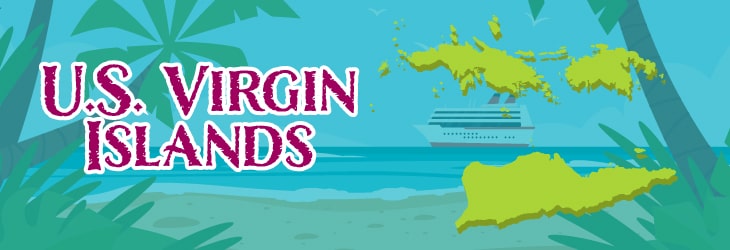
- Coral World Ocean Parks, St. Thomas – Just one of many fun things to do in the U.S. Virgin Islands, this destination first opened in 1978. Families can learn about marine life by taking part in a number of animal experiences such as swimming with dolphins or sea lions, or by exploring the center’s exhibits, nature trail, outdoor pools, and more.
- Virgin Islands National Park, St. John – In addition to beautiful beaches, this national park features plantation ruins, numerous hiking trails, ancient petroglyphs, a visitor center, and much more. The park was established in 1956 and covers over 14,000 acres — more than 60% of the island! Families can spend an entire day enjoying the natural environment as well as learning about the area’s rich history.
- Blackbeard’s Castle, St. Thomas – Consisting of five acres, this National Historic Landmark offers tons to see and do. Families can discover the role pirates played in the island’s history by exploring the Skytsborg Tower, numerous manor houses, life-sized pirate sculptures, and more on either a self-led or guided tour. Once you’re done, you can take a refreshing dip in one of the destination’s three pools.
- Christiansted National Historic Site, St. Croix – Seven acres are home to numerous historic buildings and structures, including Fort Christiansvaern, that allow visitors to learn about Danish occupation on the island. Families can learn more about the site on guided tours led by park rangers or explore the grounds on their own.
- Saint George Village Botanical Gardens, St. Croix – Whether you have a green thumb or are studying botany, these 16-acre gardens provide plenty of space to learn and explore. Nestled among the ruins of a sugar cane plantation, the gardens feature more than 1,000 plant species as well as over a dozen buildings including slave cabins, a museum, blacksmith shop, a historic cemetery, and more. A number of educational events and workshops are held throughout the year.

